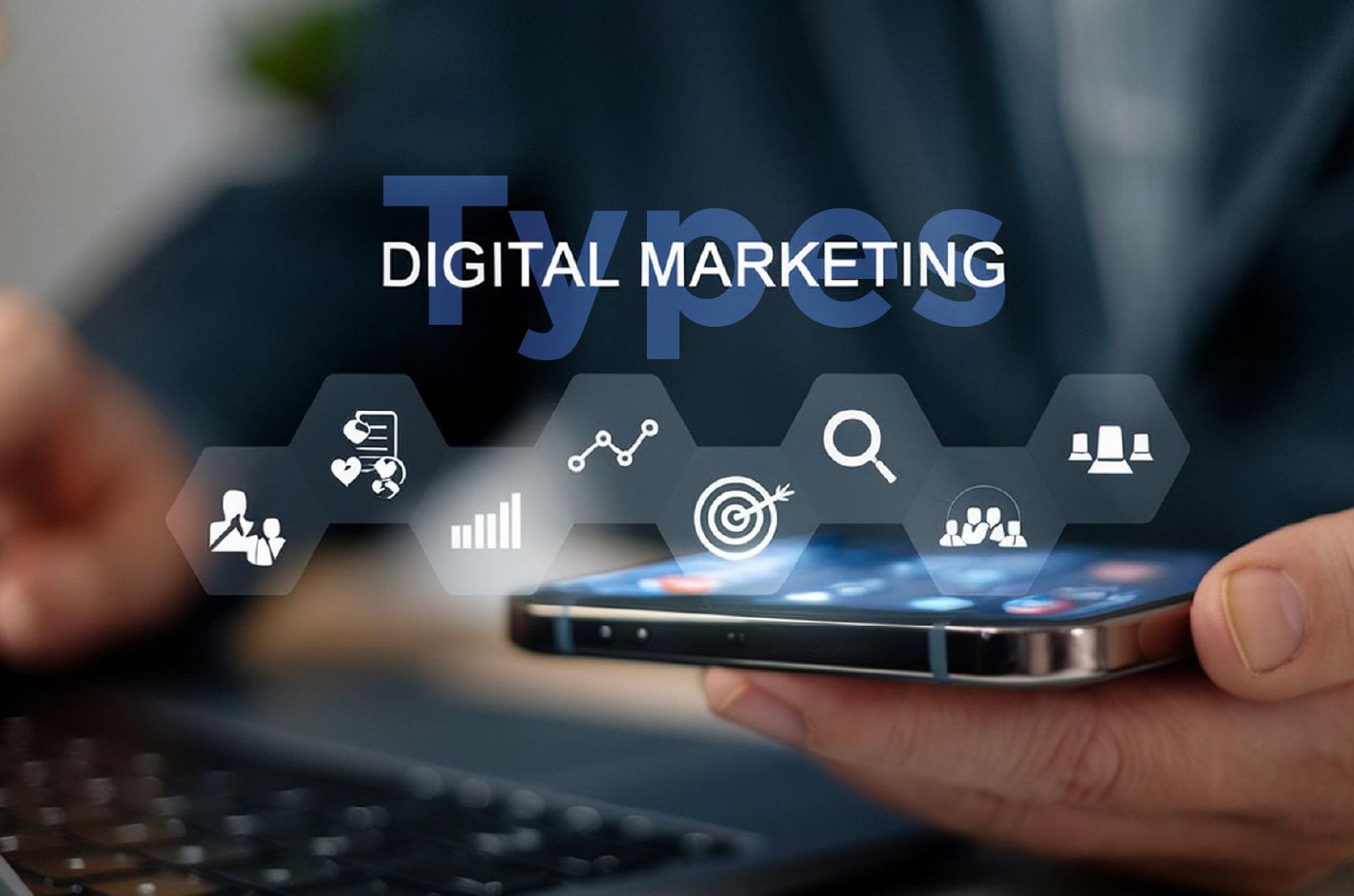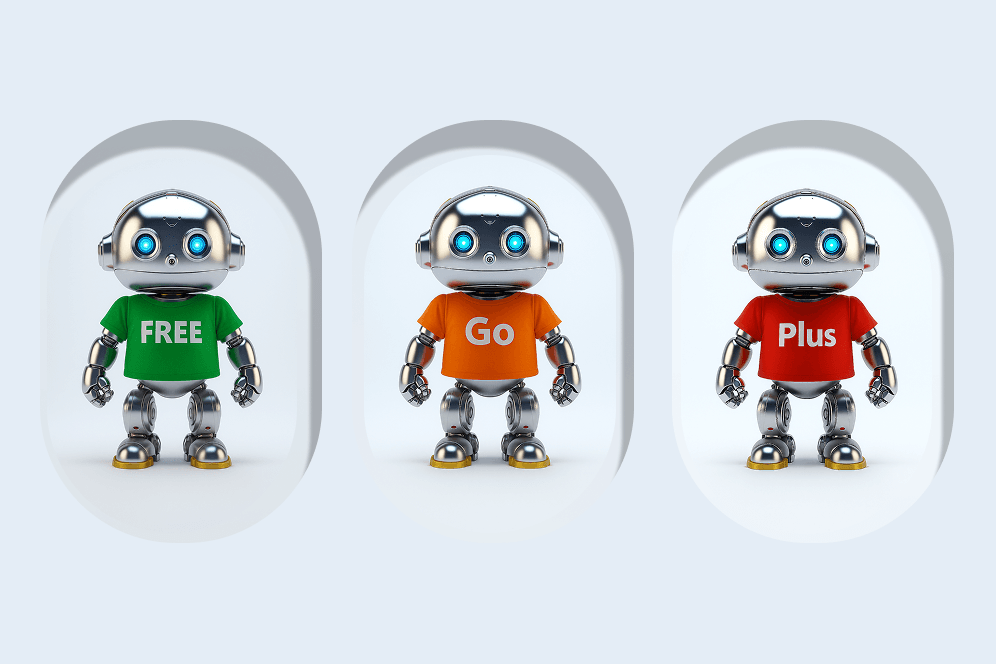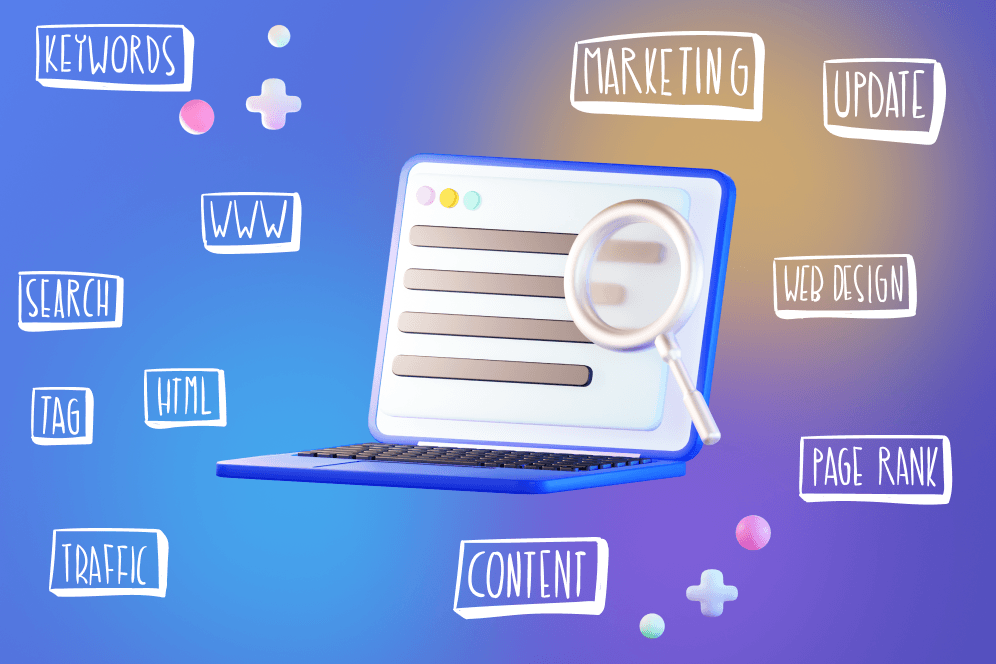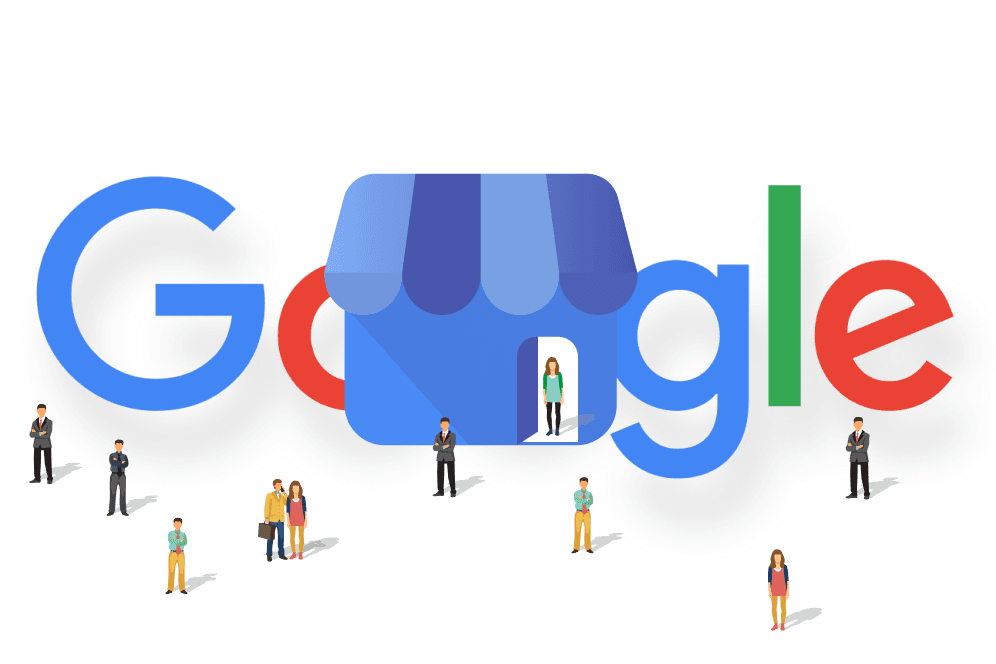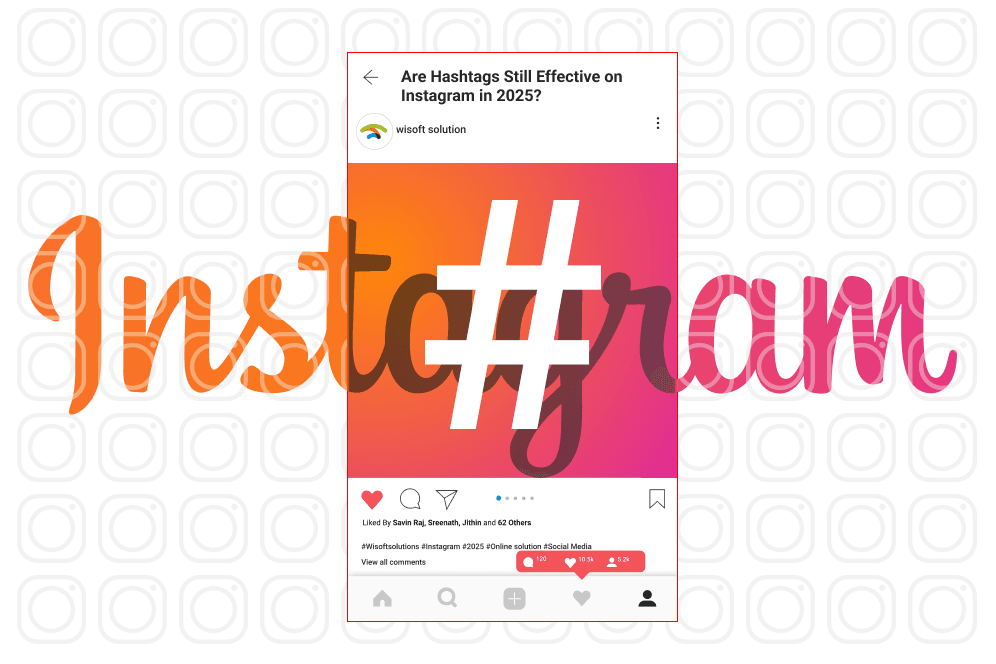Building a Strong Brand: How the Brand Ladder Framework Helps You Grow
Reading Time: 5 min

What turns a good brand into an unforgettable one?
It is not just about flashy campaigns or a clever tagline. Brands that thrive - especially in competitive markets - build emotional connections, spark identity alignment, and stay meaningfully relevant. That is where a solid brand positioning strategy steps in, and the brand ladder framework becomes a game-changer.
This blog will walk you through how the brand ladder works, why it is essential for your brand development strategy, and how global and Indian brands alike are using it to build loyalty, relevance, and long-term growth.
What Is the Brand Ladder Framework?
The brand ladder is a strategic marketing tool that helps businesses communicate value to customers at different psychological levels.
Think of it as climbing a ladder:
- Functional Benefits
- Emotional Benefits
- Self-Expressive Benefits
- (Optionally)Social Benefits
Each rung helps deepen your brand’s connection with the customer.
The Rungs of the Ladder: Explained
Functional Benefits: What You Do
This is the base of your brand positioning strategy. It is about practical value.
Ask: “What does the brand do for me?”
The advantages of these products include their features and specifications as well as their pricing and convenience.
Example: A fintech app that simplifies money transfers or a skincare brand that reduces acne.
The first glance is all this level can achieve but it does not win the heart of the customer.
Emotional Benefits: How You Make Them Feel
Here’s where deeper branding begins.
How does your product make customers feel? Safe? Empowered? Relaxed? Inspired?
Brands that tap into emotions:
- Build trust and confidence.
- Create memorable experiences.
- Differentiate themselves - even with similar features.
Example: Hero Honda’s “Desh Ki Dhadkan” did not just sell bikes. It stirred national pride.
Self-Expressive Benefits: Who They Become
Now, you are helping customers express who they are (or aspire to be).
Ask: “What does using this brand say about me?”
This level is where identity and tribe come into play.
Example: Apple does not just sell tech. It sells creativity, innovation, and bold thinking.
In India, brands like Amul (“Taste of India”) evoke belonging and shared heritage - another form of identity bonding.
Social Benefits: The Community Impact
Some frameworks add this optional fourth rung.
It addresses how the brand:
- Supports sustainability.
- Builds community.
- Drives social progress.
It is particularly relevant for purpose-driven and Gen Z-targeting brands.
Example: Tata Group’s ethical practices and CSR-driven initiatives elevate its brand equity.
How the Brand Ladder Drives Growth
When used right, the brand ladder is not just a messaging tool - it is a growth engine.
Here is how it elevates your brand development strategy:
Clarifies Messaging: You speak your audience’s language at every touchpoint
Differentiates Clearly: Emotional and identity benefits make you memorable
Boosts Loyalty: People don’t just buy - they believe
Guides Strategy: Know where you are and plan where to go next
Ensures Consistency: A unified voice across platforms and campaigns
And most importantly - customers feel seen.
Brand Ladder in the Indian Market: A Strategic Fit
The Indian market, with its vast diversity and cultural depth, is a perfect ground for ladder-based branding.
- Indian D2C brands like Mamaearth and BoAt are excelling by marrying functionality with emotional and aspirational messaging.
- Large-scale legacy players like Infosys, HDFC, and Jio have adopted branding strategies that reflect trust (emotional) and progress (self-expressive).
- Campaigns like Tanishq’s Diwali stories and Fevicol’s humorous social truths reflect deep emotional anchoring, moving customers higher up the brand ladder.
Strategic firms in India are also leveraging laddering through brand activation, experiential marketing, and regional storytelling to create richer brand narratives.
How to Build Your Brand Ladder in 5 Steps
Here is a simple action plan:
- Audit Functional Benefits
What tangible problems do you solve? - Uncover Emotional Drivers
Conduct surveys, interviews, and reviews - what feelings are customers expressing? - Craft Self-Expressive Messaging
What does your brand let customers say about themselves? - Explore Social Purpose (If Relevant)
Is there a bigger mission or cultural role you are playing? - Align Teams Across the Ladder
Ensure your marketing, product, and sales teams speak the same language.
Time to Climb Higher
The brand ladder framework is not just theory - it is your strategic guide to building a brand that is clear, connected, and compelling.
It helps you build a strong brand positioning strategy that goes beyond features and taps into feelings, identity, and community. From Amul to Apple, from trust to tribe-the ladder works.
At Wisoft Solutions Bengaluru, we help you climb that ladder with purpose and precision.
As a performance-driven full-service creative and digital agency, we empower brands to stand out and scale - with SEO, social media, content marketing, PPC, and strategic branding that converts.
Ready to elevate your brand? Let us climb together.
FAQ – Brand Ladder & Brand Positioning Strategy
What is a brand ladder in marketing?
A brand ladder is a strategic model that outlines how a brand builds connections with customers - from functional features to emotional and self-expressive identity levels.
Why is brand positioning strategy important?
It differentiates your brand, aligns your messaging, attracts ideal customers, and drives long-term loyalty and business growth.
Can the brand ladder be used in B2B marketing?
Yes. B2B buyers are still human - they want reliability (functional), confidence (emotional), and credibility (self-expressive).
What is a real-world example of the brand ladder?
Nike:
- Functional = high-performance shoes
- Emotional = motivation and grit
- Self-expressive = “I’m an athlete at heart”
How often should brands revisit their positioning?
Every 12–18 months or during major shifts (new markets, evolving customer needs, or competitor changes).


